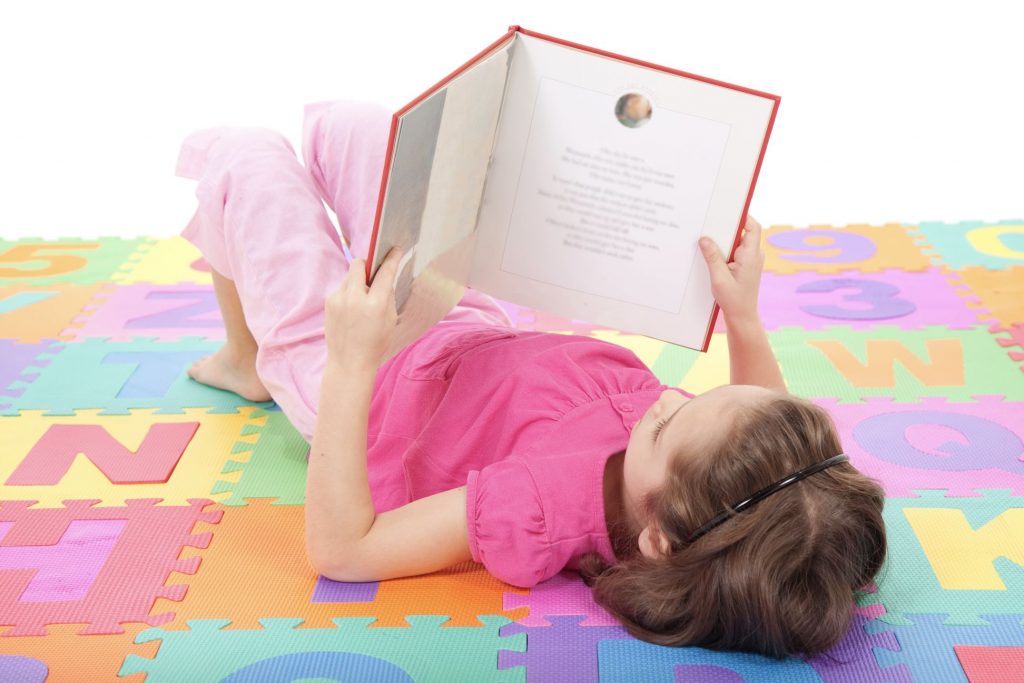This content may contain affiliate links. Please read my disclosure policy to learn more about this.
I remember sitting in a lecture room when I was studying to be a teacher, listening intently to some advisor blathering away about the best way to teach reading through phonological awareness, phonemic awareness, and phonics. At the time, I totally understood the theory and thought I knew how to teach reading.
Fast forward to that first day when I stepped into my classroom – I was unceremoniously bombarded by four parents demanding to know how I’d be teaching their little gems to read. After a few minutes of blathering of my own, it dawned on me that I didn’t really have a sense of how these things would really ‘look’ in my classroom. What activities would we do, what resources would I need, what am I even doing claiming to be a teacher?! Did I really know the best way to teach reading?
The Best Way to Teach Reading with 3 Skills
I often hear from new teachers that reading just hasn’t ‘clicked’ for their students. Teaching children to read can be overwhelming for new teachers. It’s a skill that we don’t even remember learning, so it’s easy to overlook the fundamental skills. Basically, there are three skills that children need to develop in order to become successful readers: phonological awareness, phonemic awareness, and phonics.
Phonological Awareness
Phonological awareness develops by listening; it is not based on written language. This is the foundation for learning to read. Ideally, students will come to school with some phonological awareness that they’ve developed by reading with their parents.
An easy way to assess phonological awareness is to ask a child to clap words in a sentence or syllables in a word. Books that emphasize rhyme, alliteration, repeated phrases, and predictable patterns will develop phonological awareness. Word play that explores onset and rime, and phonemes (individual sounds) will also develop this essential reading skill.
Here are some of my favorite books to teach phonological awareness:
- Chicka Chicka Boom Boom by Bill Martin, Jr. and John Archambault
- One Fish, Two Fish, Red Fish, Blue Fish by Dr. Seuss
- We’re Going on a Bear Hunt by Michael Rosen
- Where is the Green Sheep? by Mem Fox
- Runny Babbit by Shel Silverstein
- I Ain’t Gonna Paint No More by Karen Beaumont
Phonemic Awareness
Phonemic awareness involves children being able to manipulate the smallest units of sounds (phonemes) in words. This involves the skills of segmenting, blending, deleting, and manipulating. Segmenting is breaking a word up into the individual sounds. Blending is putting the individual sounds together to make a word. Remove a sound and identify what is left is known as deleting. Finally, manipulating is when we change a sound to make a new word. It’s important to remember that phonemic awareness is all about the sounds. Once you add letters then it becomes phonics. Developing a strong foundation of phonemic awareness is essential before adding phonics.
A basic way to assess these skills is to ask a child to segment the word ‘cat’ – the child should say c-a-t. Then ask the child to blend the sounds
Here are some teacher resources for teaching phonemic awareness:
- CVC Word Builders
- Phonemic Awareness in Young Children
- Phonics, Phonemic Awareness, and Word Analysis for Teachers
- Phonemic Awareness Accelerator
EZread Sound Box Phonemic Awareness Kit
Phonics
Finally, phonics makes the connection between letters and sounds, breaking words into sounds, and blending sounds into words. There is a huge range of commercially available phonics programs. When choosing a phonics program for your classroom, consider the learning styles of your students. Look for a program that offers a multi-sensory approach. You should always review any previously taught sounds, then introduce a new sound. Follow this with blending, sounding out, and spelling activities that use the new sound. The final step in any good phonics lesson is to use the previously learned sounds, along with the new sound, to decode text. I shared some of my favorite phonics activities here.
Here are some of the popular commercial phonics programs (note: I have not used all of these programs so I am unable to comment on individual programs listed here):
In my next post, I’ll show you how I teach a phonics lesson.

What are your favorite ways to teach phonological awareness, phonemic awareness, or phonics? Share your tips and resources in the comments below.


